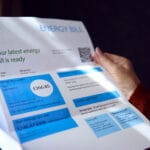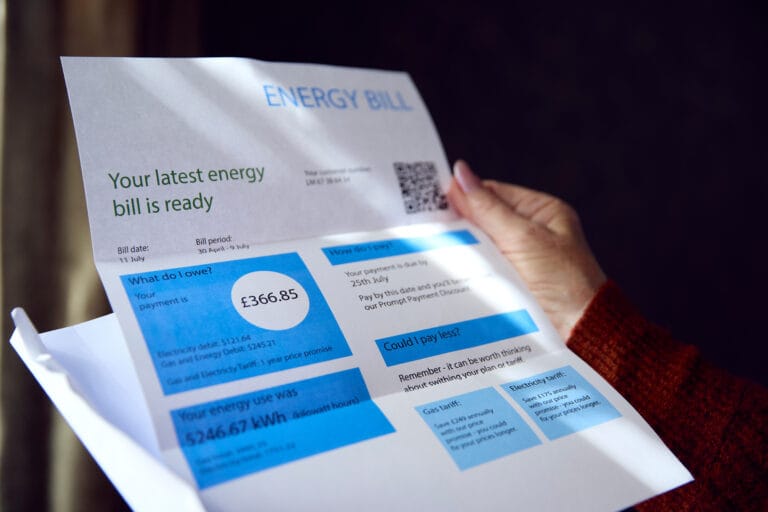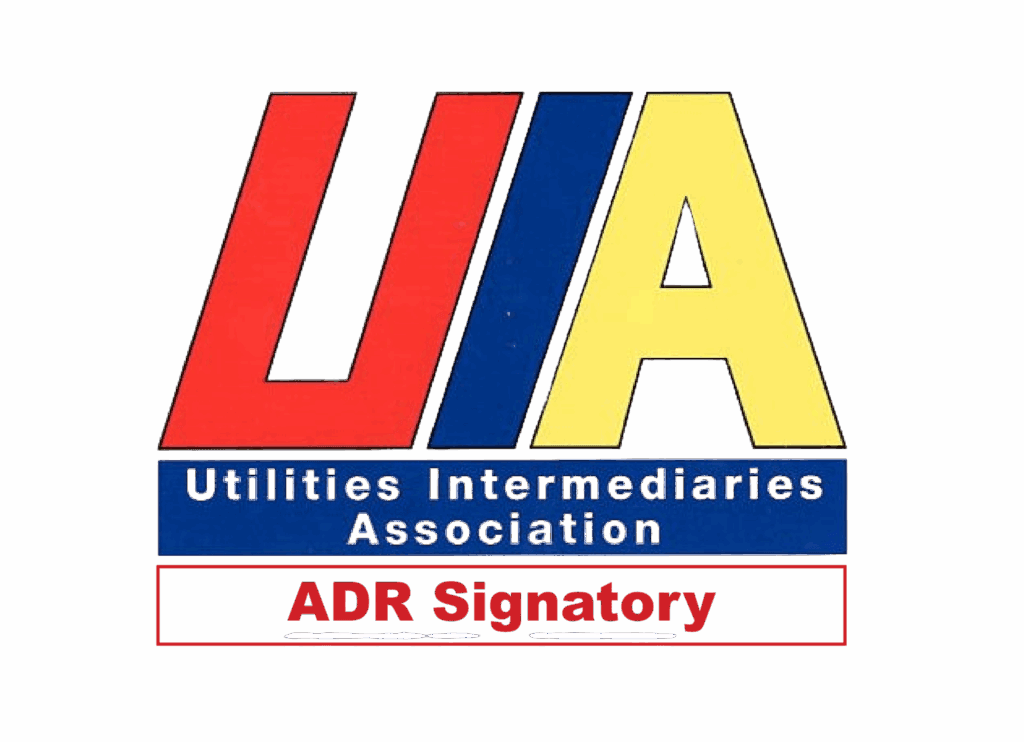The energy price cap has fallen from £1,849 to £1,720 for a typical dual-fuel household paying by Direct Debit, effective from 1 July to 30 September 2025. This is a 7% decrease, which should save the average household around £11 a month, or £129 over the year. The reduction is a result of falling wholesale energy prices and small cuts in supplier costs.
Why Is The Energy Price Cap Falling?
The main reason behind the drop is a fall in wholesale gas and electricity costs, which make up the largest part of the energy bill. Ofgem has also slightly lowered the allowances energy suppliers can claim to cover their operating costs. Other parts of the bill – like network charges, taxes, and environmental obligations – have stayed fairly steady.
What Are The New Rates?
- Electricity: 25.73p per kWh, with a standing charge of 51.37p per day
- Gas: 6.33p per kWh, with a standing charge of 29.82p per day

Does This Mean Your Bill Will Go Down?
Yes – if you’re on a standard variable tariff (SVT), the drop will apply automatically from 1 July. However, the cap limits the unit rates, not your total bill. That means if you use more energy than the average household, you may still pay more overall. Ofgem defines the average usage as around 2,700 kWh of electricity and 11,500 kWh of gas per year.
What About Fixed Tariffs and Prepayment Meters?
If you’re on a fixed tariff, the price cap won’t affect you – you’ll continue to pay the rate you signed up for. However, some fixed deals currently available are cheaper than the new cap. It’s worth checking whether switching could save you money. For prepayment customers, the unit rates will also go down and the standing charges are now aligned with Direct Debit customers.
Businesses Not Affected By The Price Cap
It’s important to remember that the Ofgem price cap applies only to domestic energy customers. Businesses are not covered by the cap and are instead subject to rates agreed through their energy contracts. If you’re concerned about your business energy costs, it’s worth reviewing your current deal to secure a more competitive rate. Our energy experts can help you with this.
What Should You Do Next?
Looking ahead, energy analysts expect the cap to fall slightly again in October 2025. Current forecasts suggest a further drop of around 0.5%, bringing the cap closer to £1,715. While this is good news, energy bills are still significantly higher than they were before the energy crisis. The July 2025 cap is still around 34% above pre-2020 levels. If you’d like any guidance about energy prices, feel free to get in touch with one of our experts, who are more than happy to help.















